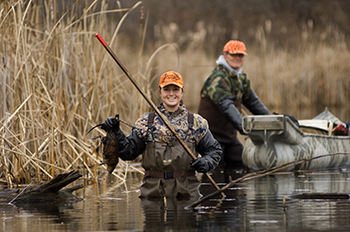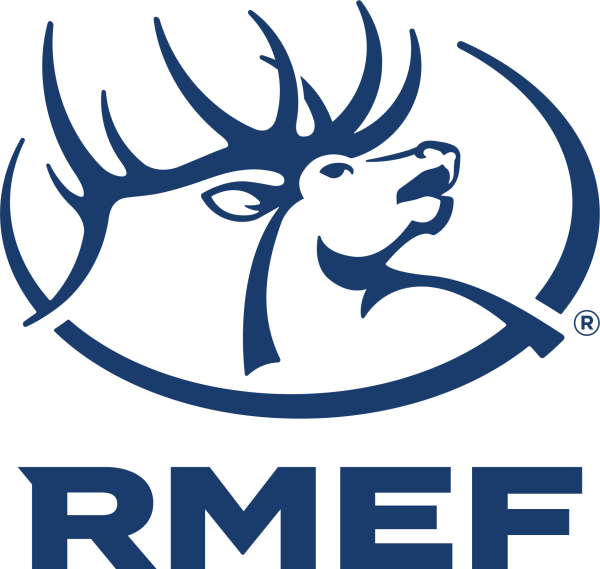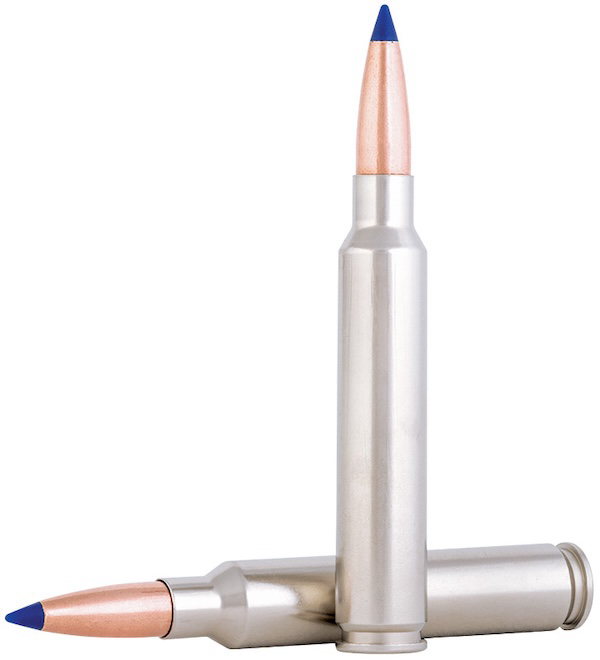Yankee Hill Machine Announces VICTRA -12 Modular Shotgun Suppressor

Yankee Hill Machine, leaders in the U.S. fireams-suppressor category, have announced the debut of the exciting VICTRATM-12, a new modular sound suppressor designed specifically for 12-gauge shotguns.
“Our research showed that shotgunners were demanding a major upgrade in suppressors, and the VICTRA-12 delivers across the board. It is lighter than the competitors, user-configurable to shorter sizes, durable, and offers outstanding dB reduction, all at a price that blows away everything else on the market.” said YHM president Chris Graham.
VICTRAT-12 production models will be available in late Q1 2025. Demo models will be on display at YHM’s SHOT Show booth #20521.
One of the strongest features of the VICTRA-12 is its modular design. Its robust, yet lightweight construction allows the user to easily configure it as a 12”, 10”, 8” or 6” suppressor, depending on the user’s needs and preferences. Read more








